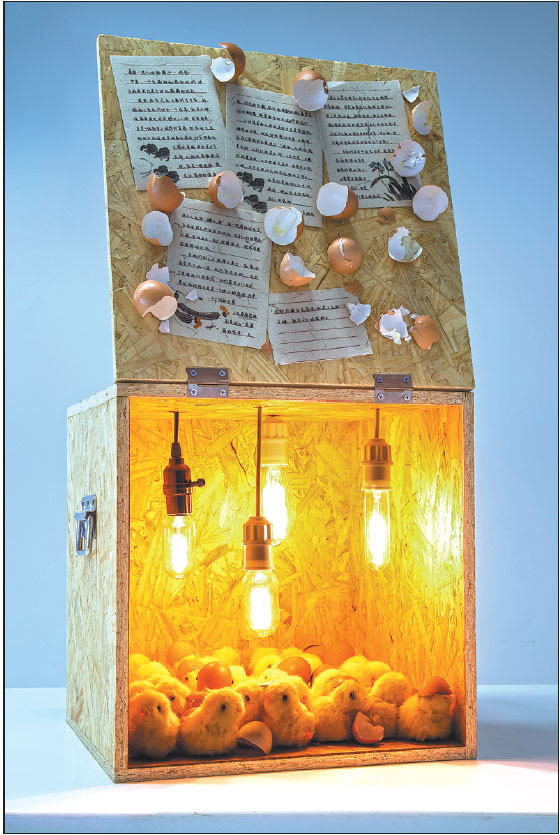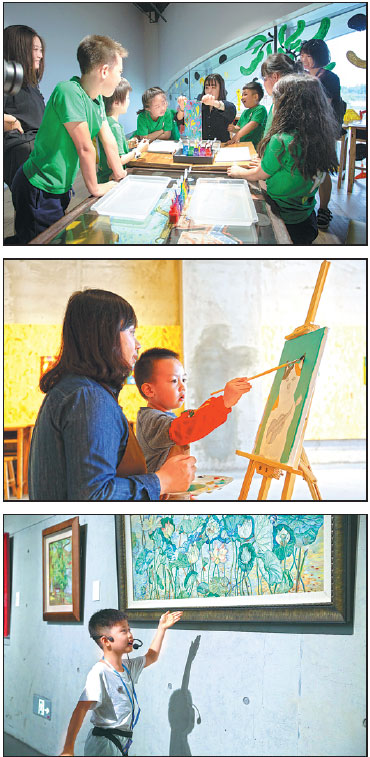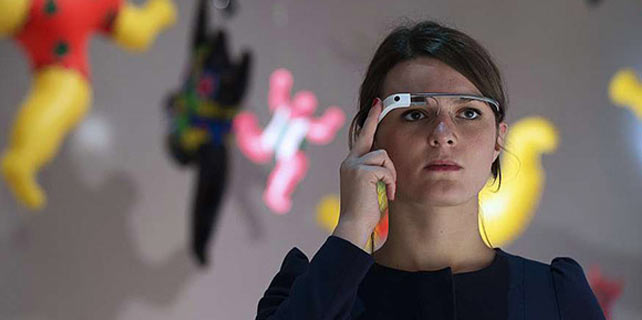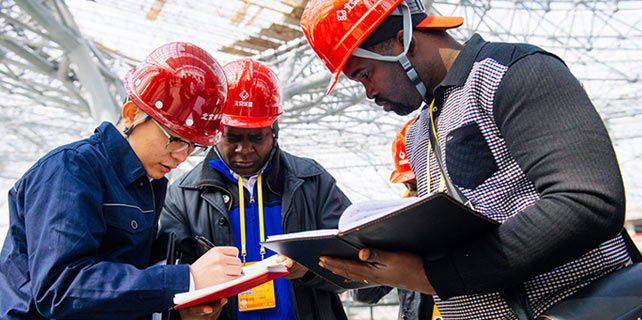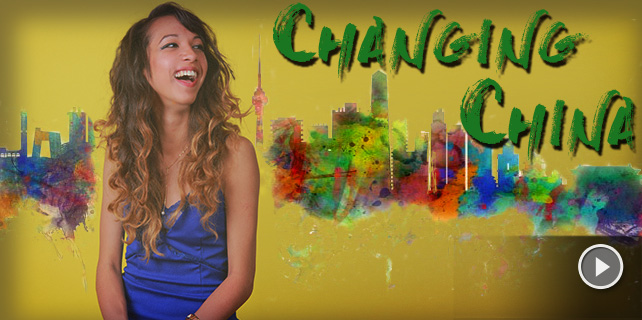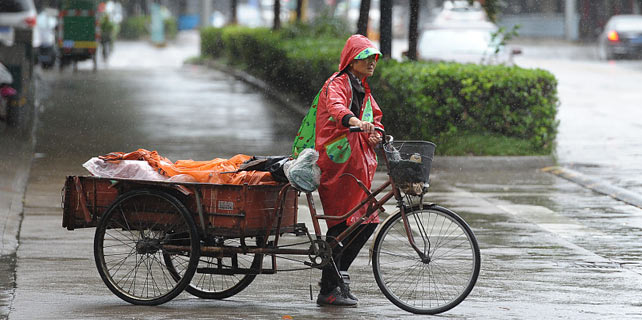Makeovers for museums
From programs inviting members of the public to re-create their memories to holding workshops, repositories of the country's heritage are finding new ways to boost visitor numbers. Lin Qi reports.
One memorable and pleasant childhood activity for Li Yiman, a cafe shop owner in her 30s, was helping her grandfather hatch eggs in a wooden incubator.
"But it was not until I grew older that I found the process magical, although it looked quite simple," says Li, a resident of Yinchuan, Northwest China's Ningxia Hui autonomous region.
"How to select the eggs, how many to place in a box, how many electric bulbs to use, and how to control the temperature and humidity ... Every step, every option, was about the creation of a life."
Three months ago, Li heard that MOCA Yinchuan, the city's major modern art museum, had invited people to submit personal stories that reflect the city's history. So she mailed her story of the egg incubator.
The museum staff were impressed and sent her a wooden box to re-create her memories.
She installed four bulbs in the box and under them placed a dozen dolls of yellow, hairy chicks and egg shells. She then pasted four handwritten pages of her story on one side of the interior of the box.
"Seeing chickens breaking through their shells was amazing for me when I was a child," she says.
"Now, the scene arouses a lot of thoughts in me that life is like an egg, and that one needs to throw off the restrictions on it, like the shells.
"Breakthroughs enable one to improve and see a broader world."
Li says her work, A Box from 1984: Eggs, is a part of an ongoing public program offered by MOCA Yinchuan.
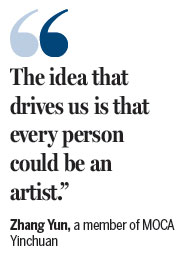
The museum plans to collect 300 such boxes and showcase them at an exhibition, titled Secrets of Time, in October 2018.
Zhang Yun from the museum's public education program says the exhibition is to mark the 60th anniversary of the setting up of the Ningxia Hui autonomous region next year.
She says the boxes will be showcased with old photos and video interviews of ordinary people, providing a variety of perspectives to understand the development of Ningxia.
"Ningxia is home to many immigrants from across the country. Their diverse backgrounds constitute the past and present of Yinchuan and distinguish it from other cities in northwestern China," she says.
As the museum is far from Yinchuan's city center, Zhang says that the museum also plans to display the boxes at libraries and hotels that are more accessible.
The museum, which was opened in 2015, aims to introduce fine art to people in the far northwest of the country.
Separately, there has been a boom in privately-funded museums on the Chinese mainland over the last decade.
The private museums boast rich public education programs that provide visitors diverse options.
Speaking about MOCA Yinchuan, Zhang says: "The idea that drives us is that every person could be an artist." She adds that although there are plenty of choices for workshops and lectures at the museum, it has to focus on the interests of local visitors.
Giving an example of the pottery-making class at her museum she says that is not very popular.
She says that this is because people have to leave their works at the museum for drying and firing, and since it is far away from the city center very few visitors are likely to return to collect their works.
"So, we have devised a handicraft course where one can take away the work the moment it is completed. We have a dozen handiwork machines. And many people have signed up for the course, including men."
Zhang says the workshop is well received not only because people go home with a sense of achievement, but also because it connects with the handicraft traditions of Ningxia.
One of the museum's exhibitions two years ago displayed dozens of cloth dolls whose costumes were designed and made by local households. The dolls were returned to their stylists after the show ended.
"When people find that things that they make for fun will someday be on show, they feel a sense of attachment and keep returning to the museum," says Zhang.
Meanwhile, unlike Yinchuan where there are few museums, those in Shanghai - a hub of art on the mainland - need to do more to draw visitors. Some new museums are under construction in the city.
Jiang Youming from Shanghai's Long Museum says originality is always at the heart of its educational programs.
The museum that has two display spaces in Shanghai was founded by the mega-collector couple Liu Yiqian and Wang Wei.
Its West Bund space features the Chinese artifacts in their collection.
Jiang says one of the strengths of the museum's education program is its focus on Chinese cultural traditions.
When an 18th-century painting album of 100 species of peonies was on show earlier this year, a reading session was organized at which participants read poems, essays and letters about peonies.
And a Chinese painting course was offered at which people learned to paint one of the peonies featured at the show on handheld traditional Chinese fans.
Jiang says besides the onetime workshops, they also organize five-day youth camps that help people understand how a museum or an exhibition is run.
At one camp on the pop art movement, participants created pop art-style works and curated an exhibition on their own.
Another one trained young students to be tour guides at the Long Museum.
Ge Yi, a mother of two children, who frequents museums both in Beijing and Shanghai, says that compared with many public museums whose education programs are similar, she feels that what the private sectors offers is more diversified.
"The more people visit museums, the better services they demand."
Contact the writer at linqi@chinadaily.com.cn
|
From top to bottom:An installation work by a Yinchuan resident, A Box from 1984: Eggs; a contemporary art workshop arranged by MOCA Yinchuan; a boy learns to paint at a Yinchuan workshop; a boy is trained as a narrator at Shanghai’s Long Museum. Photos Provided to China Daily |
(China Daily USA 10/17/2017 page10)







